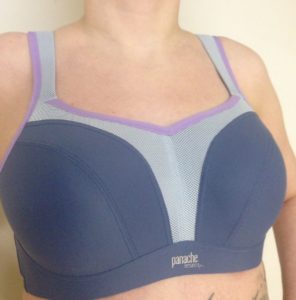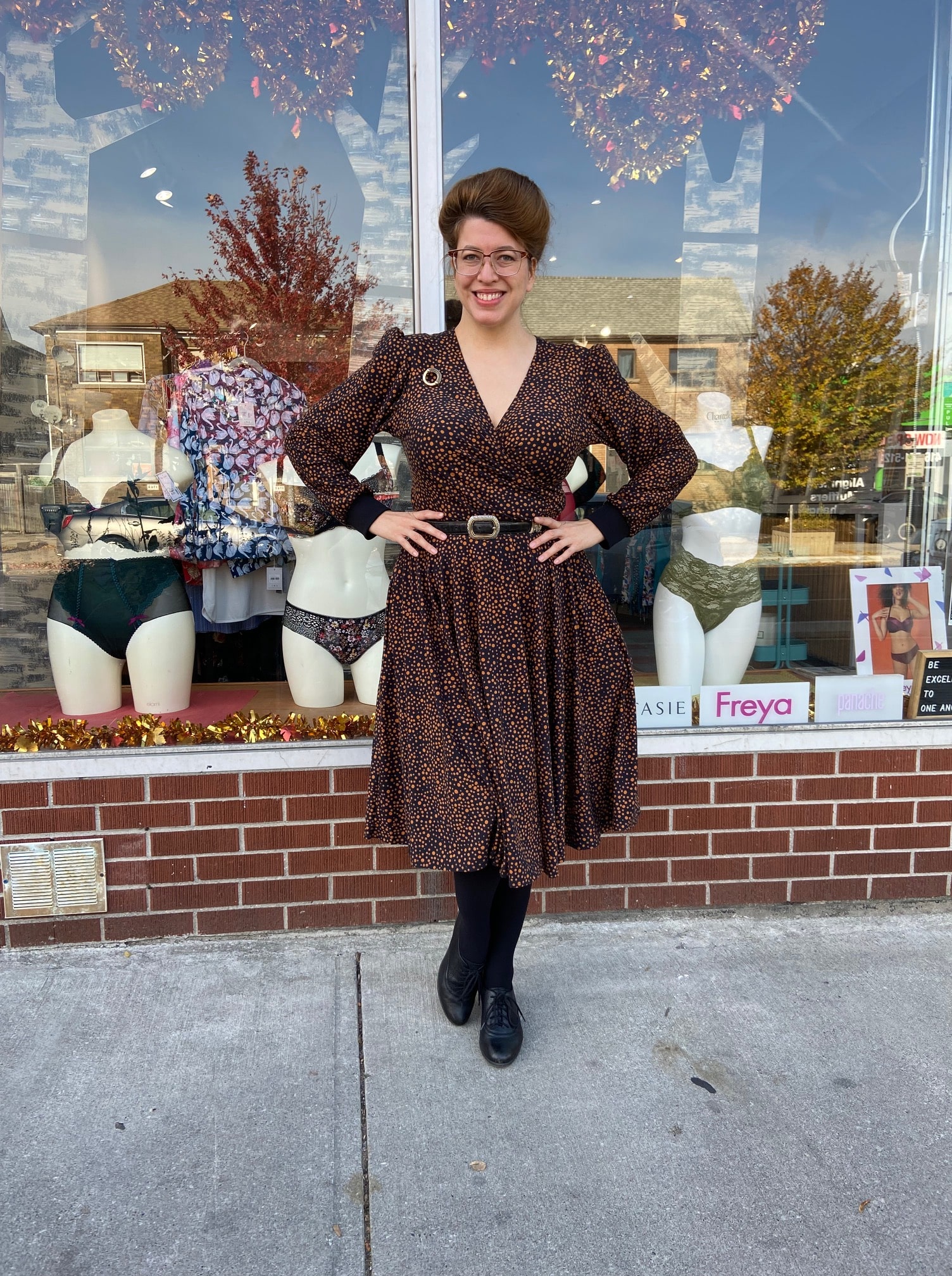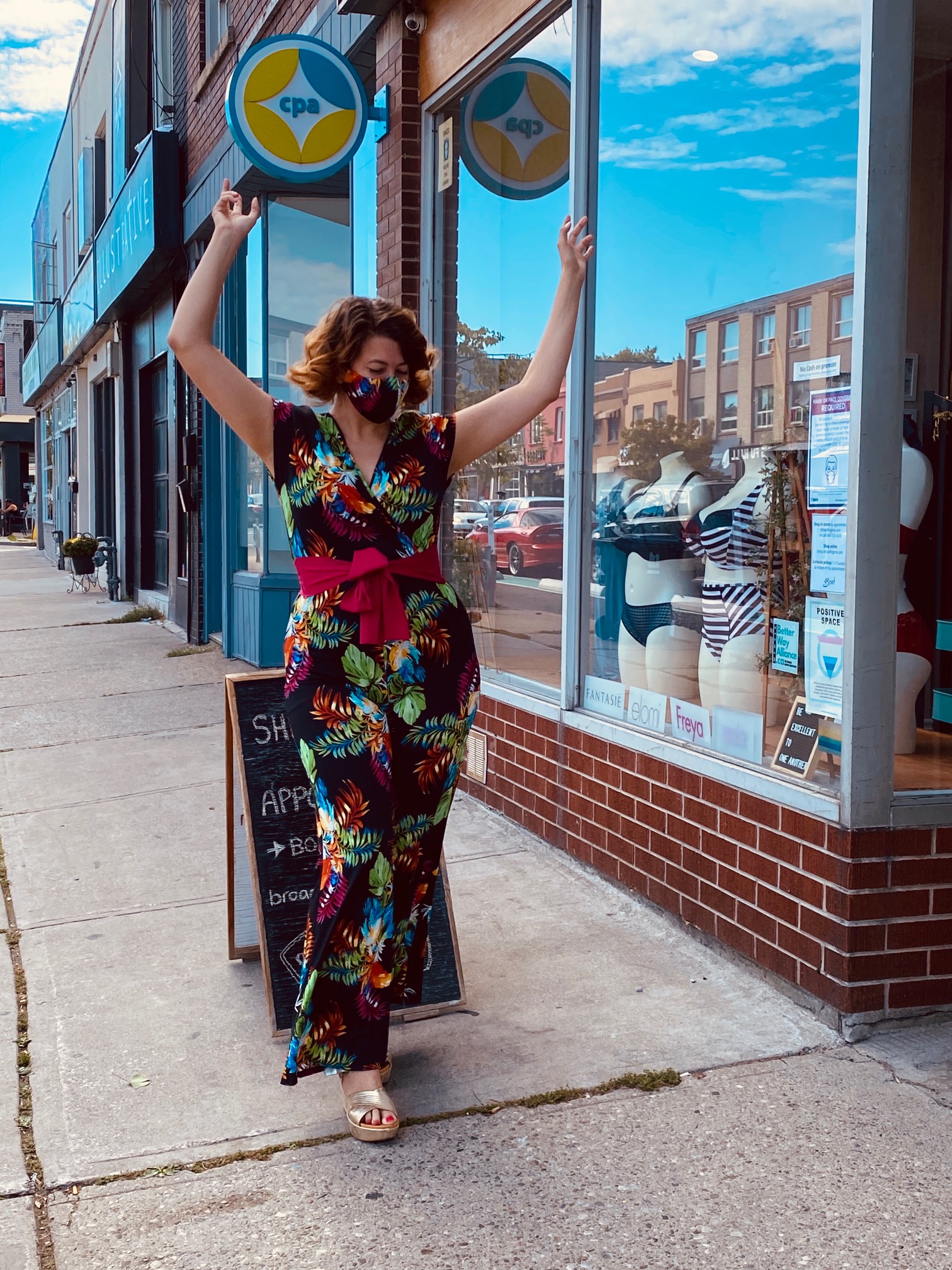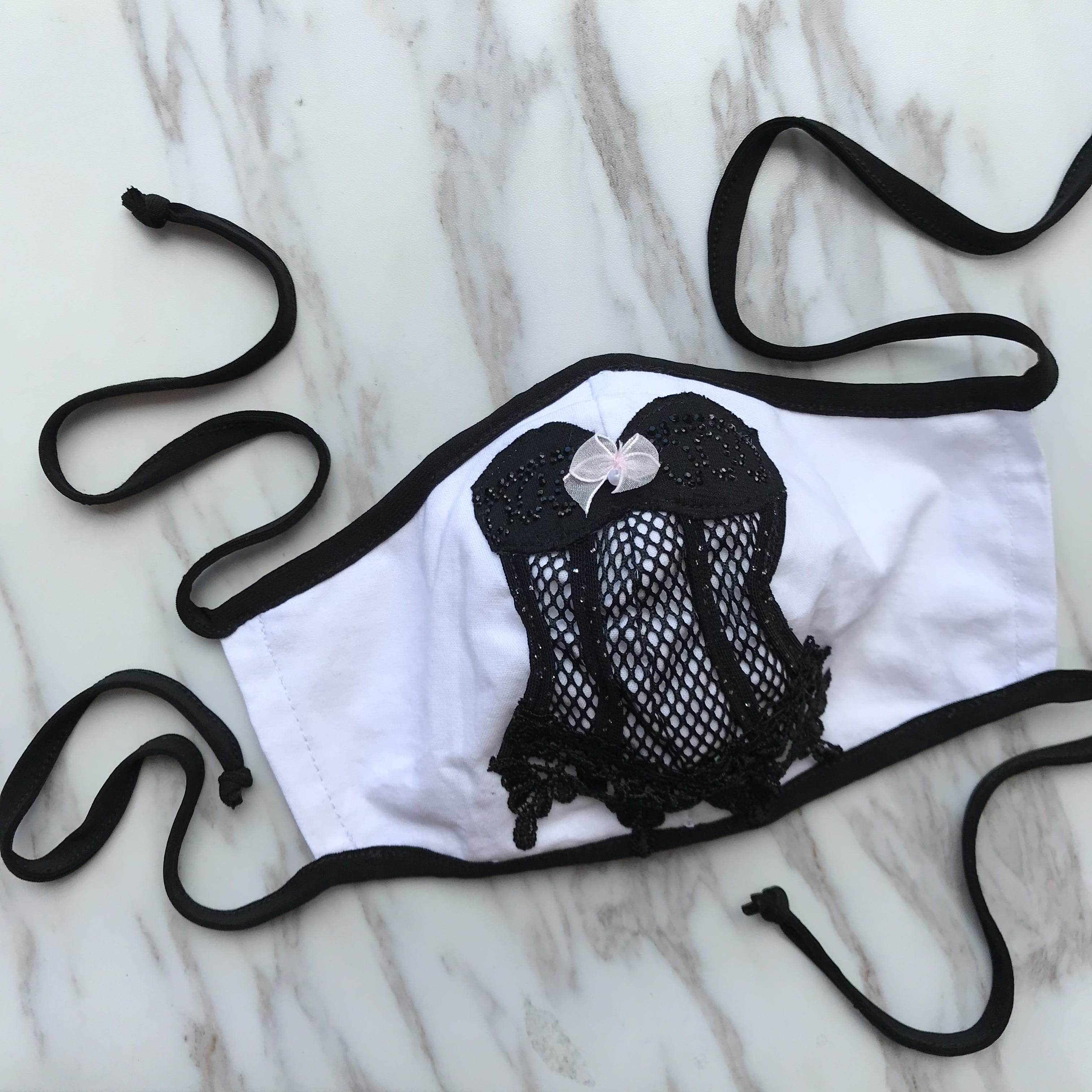The Bra Fitter Diaries: Sports Bras
A while back, we talked about bra wardrobes. This is the idea that you should have a bra for every part of your life: work, date night, the gym… Today we’re going to focus on that last one. Let’s talk sports bras!
First things first – why do you even need a sports bra? Why not just wear your everyday bra to the gym? Oh, I’m so glad you asked!
Sports bras:
- are made from specially designed materials, which are more supportive and wick sweat away from your body.
- offer more coverage than the typical everyday bra, minimizing bounce and discomfort.
- have flexible, padded wires, or no wires at all. Your everyday bra isn’t constructed with workouts in mind, so its wires are less flexible. This could inhibit your movement or cause irritation during your run or weight-lifting session.
Minimizing bounce isn’t just about emotional comfort, either. A good, supportive sports bra avoids putting strain on the ligaments that support your breasts. (These are called Cooper’s ligaments, if you’re interested.) Sports injuries affect more than ankles and knees!
What kind do you need?
There are two basic types of sports bras to choose from. The encapsulation style has underwire and separates your breasts. A compression style bra is wireless and, well, compresses your breasts.


(Left: An encapsulation style sports bra, by Panache. Right: A compression style sports bra, by Anita.)
How do you know which kind you need? Consider what you plan to do in your sports bra. High impact sports require a high impact bra – for the fuller-busted, that often means underwire. You may also consider whether or not the look is important to you. Compression-style sports bras tend to minimize shape, flattening out your boobs. They can sometimes create a “uni-boob.” Encapsulation-style sports bras often give a more uplifted and separated shape.
A lot of people are used to the pull-over style compression sports bra, but I’m a fan of the back clasp. As a bra ages, it loses some elasticity and the band stretches out. When this happens to a pull-over bra, it’s basically game over. When it happens to a bra with back clasps, you can always just clasp it on a tighter set of hooks. This is why we recommend buying a bra that fits you on the loosest set of hooks – it makes your bra last longer.
Still not sure which sports bra is the one for you? Come see us for a fitting and we’ll hook you up!
(I’m sorry, I’ll see myself out.)



